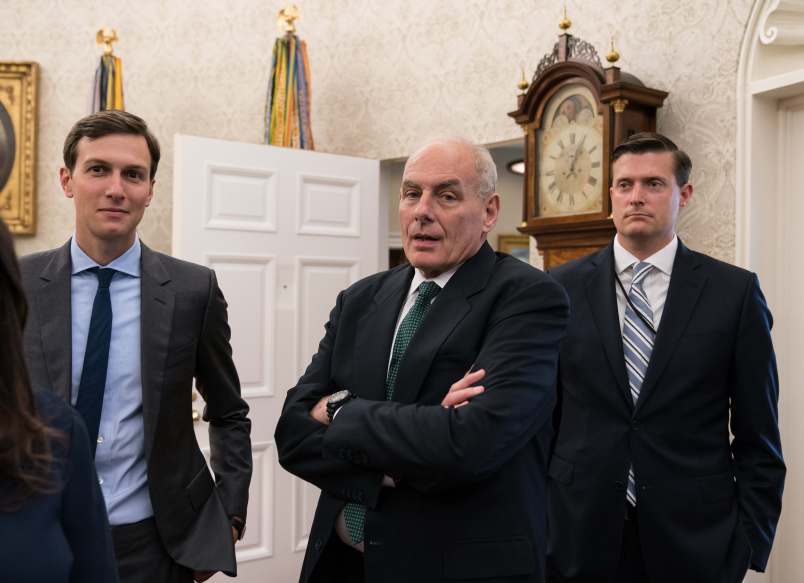Jared Kushner getting his clearance pulled (downgraded from Top Secret/SCI to Secret) is a big deal. Obviously, someone with a Secret clearance can still learn lots of stuff that you and I can’t know. But the Top Secret/SCI is for people at the apex of the policy-making and implementation process who have the ability to get full visibility into anything the US government knows. A President regularly deals with information at this level. So it’s likely not possible for Kushner to operate in the way he has in the White House without such clearance.
Seeing Kushner lose this status, however, throws into high relief how wild it is that he ever had it to begin with. In a way, this is simply the story of the Trump presidency itself. It’s almost unimaginable that President Trump himself would get a high-level clearance had he not been elected President, both because of his background prior to his political career and things that have happened subsequently. But the President, as it should be, gets everything by right of being President. This is a bridge we crossed on election day 2016. In fact, legally speaking, the entire classification process is one of the President authorizing people to know different levels of what he or she knows.
The details of the classification process are not something I’m any kind of expert on. This isn’t false modesty. I used to be more up on it and I wasn’t a classification nerd even then. But it’s important to understand what ‘compartmentation’ in intelligence work means. It’s sort of like a large ship that is designed with bulkheads. A ship can take a big gash and fill up with water. But if everything works right, each bulkhead is or can be quickly made watertight. So the damage is localized. Intelligence compartmentation follows a similar logic. You wall information off so that if you have a mole or other security leak, most people don’t have access to all the information. The damage is contained. I think even within this Top Secret/SCI level, there’s still a lot of ‘need to know’ caution and further levels of security. Some stuff only the President and his highest levels advisors can see. (Kushner was seeing that stuff too.) But the general point is an important one: this includes information of such sensitive nature that it’s highly compartmented even within the zone of high secrecy. In other words, it gets seen only by people the US government totally trusts. Like Jared Kushner …
Sometimes an executive branch official will have a problem that some might think is a technicality. But in addition to the Russia investigation itself (a big exception!), there appears to be copious evidence that during the transition Kushner was using his role as liaison to top foreign leaders to try to secure business deals or loans for his company. His family company which is struggling to avoid going under. This is textbook security risk territory. This should never have happened. It would almost certainly still be happening if it weren’t for the fact that another top aide was revealed to be a serial spousal/partner abuser.
If the President abides by these rules (a real question, I’d say), it will change the internal operations of the White House significantly.






